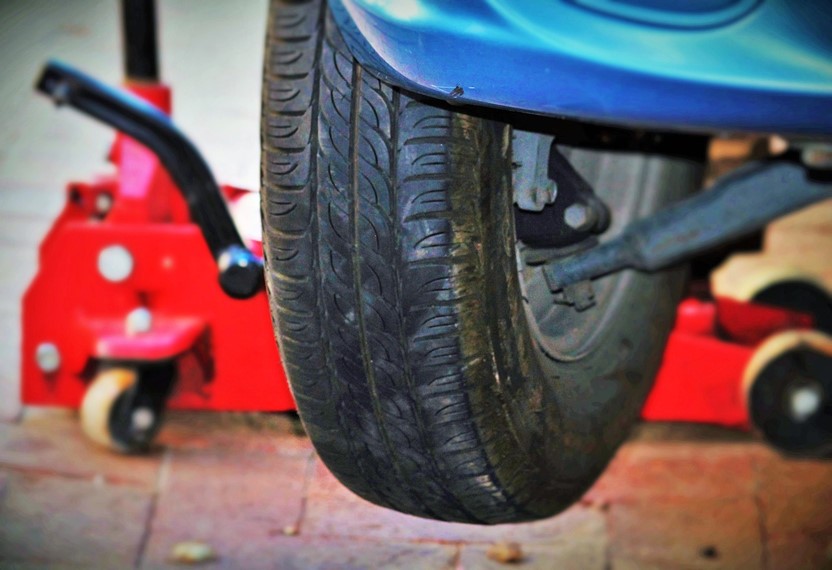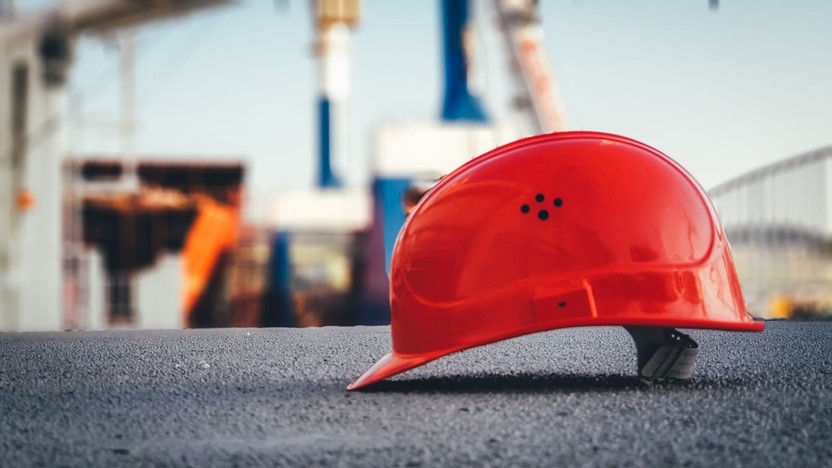
Hydraulic jacks are extremely useful tools with applications spanning several industries. From construction to automotive repairs to everything in between, hydraulic jacks make it easier for individuals to safely lift a wide range of heavy objects. However, like most tools, there are several types of hydraulic jacks that one needs to consider prior to any job. These include the most common types of jacks that we envision when discussing hydraulic jacks as well as some more specialized jacks that you may not be aware of. Let’s take a look at five types of hydraulic jacks and their functioning to better understand where you might use them in the future.
- Floor Jacks
Floor jacks are the more common types of hydraulic jacks that one envisions. Floor jacks sit low on the floor and utilize a handle that is pushed down in order to extend the jack and the object you are trying to lift upward. If you’re looking into how hydraulic jacks work and the different types of jacks available, it’s important to note that not all floor jacks are the same. In fact, there are two different types of floor jacks: hydraulic floor jacks and mechanical floor jacks. Mechanical floor jacks will instead use a screwing mechanism to elevate an object.
Floor jacks are typically used for automotive purposes and construction given their versatility as well as multiple weight class options. Additionally, it’s very easy to add a hydraulic jack extension to modify them for your needs.
- Bottle Jacks
Bottle jacks are the type of jack usually included with new cars and trucks. They get their name from their shape. These jacks are used to lift one corner or one end of the vehicle – giving just enough clearance to change a tire, work on brakes, or cautiously access something on the underside of the vehicle (without placing yourself underneath). The jack is placed under a solid place of the vehicle – ideally the frame – and raised to the desired height; typically with a provided crank handle. The lift height of these jacks is limited, so they are typically only used for small DIY maintenance.
- Scissor Jacks
If you need something lightweight that’s also extremely sturdy and reliable, hydraulic scissor jacks are an excellent choice. Scissor jacks have a small, compressed diamond shape that expands when the handle is pumped. Scissor jacks are both compact and capable of lifting heavier loads. This means that they are valuable tools to have on hand for a wide range of purposes. That being said, they do have their limitations. Scissor jacks are not recommended for objects that are both heavy and exceptionally large. They may fail when not used properly, which could put your personal safety and the safety of other workers at risk.
- Motorcycle Jacks
There are many jacks out there that are designed to lift specific objects like automobiles. But for those who work in an industry where they repair and maintain more than just cars, it’s important to have jacks that are capable of handling other forms of transportation. An excellent example of a more specialized jack you may use if you conduct repairs on motor vehicles is a motorcycle jack. Motorcycle jacks consist of a square base with another smaller square platform that raises the motorcycle when the tool is pumped. This helps keep the device elevated so that various areas are easier to reach when conducting repairs. Motorcycle jacks are only capable of lifting around 1,500 to 2,000 pounds at a time, so they’re a very specialized tool.
- Toe Jacks
The more you research hydraulic jacks, the more you start to identify similarities between different types of jacks. Toe jacks are very much like bottle jacks and other compact hydraulic jack options. These jacks are quite versatile and are easy to use to lift thousands of pounds in construction equipment, machinery, and beyond. Toe jacks have a “toe” – a horizontal extension that’s placed underneath the load. The low position of the toe allows it to slide underneath machinery and other objects with little ground clearance. Pumping the handle raises or lowers the piston, helping you elevate your load to just the right height. Toe jacks are often considered to be another type of hydraulic jack that is great for heavier loads but not so much for loads that are quite large. That being said, there are various types. Doing your research will help you find the right jack for the project.
Tips for Operating Hydraulic Jacks Safely

Now that you have a better understanding of the types of hydraulic jacks you may encounter, it’s always best to understand how to use different jacks safely in your field. Here are a few tips to leave with as you seek out the best hydraulic jack for the job.
- Never operate a jack unless you have a comprehensive understanding of how it works and how to use it. Failure to operate your jack properly can result in severe injury.
- Properly maintain your hydraulic jacks. Product failure is always a possibility. If you’re not regularly examining your hydraulic jacks and identifying/rectifying any issues before employing them in your work, they could fail at the worst possible time.
- Make sure you have the right jack for the job. Different jacks are suitable for different projects. Additionally, many will have different weight classes so that you can safely manage your load. If you use a jack that’s not a good fit for the weight or the size of the object you’re trying to lift, you can end up breaking the jack and putting yourself at risk in the process.
Regardless of your industry, having a deep understanding of the equipment you will be using is critical to getting the job done right and staying safe. Use the guide above to learn more about five different types of hydraulic jacks you may encounter in your profession, how they work, and how to get the most out of any hydraulic jack you decide to employ in a project!
